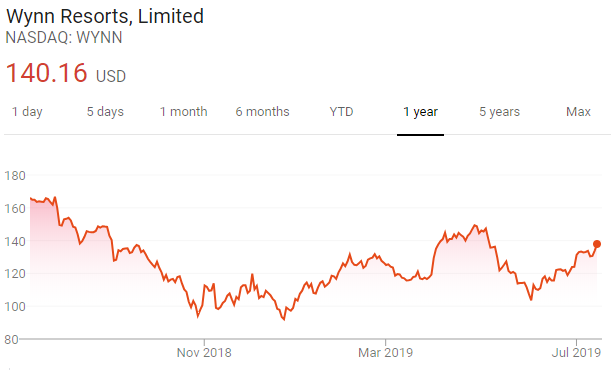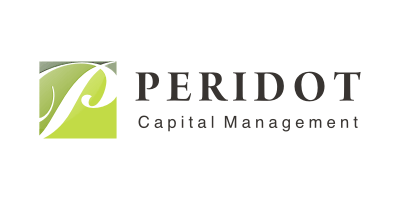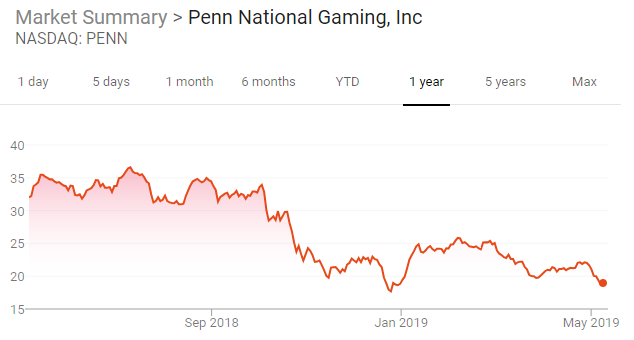I was planning on writing a bullish piece on real estate developer Howard Hughes Corp (HHC) today, as the stock has been crushed in recent months and closed yesterday at $92.59 per share, 35% below its 52-week high.
Well, that idea quickly went out the window when CNBC's David Faber reported shortly after the opening bell that HHC's board has hired Centerview Partners to explore strategic alternatives, including a possible sale, joint venture, or spin-off of all or parts of the business. To say that the stock is reacting positively to the news would be an understatement. As I type this HHC shares are up $29, or 31%, to $121 each.
So rather than explain why the stock appeared dramatically undervalued in the low 90's, which I was apparently one day too late in sharing, I will instead offer up the observation that Warren Buffett's often-quoted mantra "price is what you pay, value is what you get" is notable in this case.
Some investors give more credence to that concept than others, mainly because while value investors try to find situations where value > price, more short-term and/or technically-inclined investors use the market price as their guide and believe that the daily matching of buyers and sellers across the globe corrects most any material pricing inefficiency. Not surprisingly, I am in the former camp.
HHC is an interesting case because most fundamental analysts believe that the company's assets are worth between $130 and $170 per share, net of debt, and that those same assets should grow in value nicely over time given their strong locations within the local trade areas they serve. Of course, if this is true, and markets are quite efficient, then the stock should not have closed yesterday at $92 and change.
Typically, bulls and bears are left arguing back and forth about who is right, but sometimes we get a better sense through actual corporate action. We won't know whether HHC finds a buyer for some or all of its assets for at least several more months (and if so, at what price) but today's trading action seems quite odd.
I would say that it is rare that a stock surges more than 30% on news that the company has hired bankers to approach possible buyers because we are still very far away from getting any idea as to how many interested parties there are, or what prices they might be willing to pay. Stock moves like this are usually seen late in the process, when a journalist gets word of who is bidding and what the range of bids has (roughly) been. In this case, CNBC's Faber merely confirmed the hiring of advisors because the process has just begun.
What that tells me is that investors seem to believe a few things. First, that HHC's net asset value per share is, in fact, materially higher than yesterday's closing price. Two, that the market believes that there will be ample interest in HHC's assets such that bids are likely to materialize (though of course no deal can be assured). And three, it probably helps HHC that interest rates have recently come down and lending capacity from financial institutions, hedge funds, and private equity firms appears robust, though obviously that can change quickly in today's world.
I say all of this because I think it firmly supports the notion that markets in the short term can be quite inefficient. Up until today, HHC stock did not have many fans, but that changed in a matter of minutes as the fundamental story changed (or more precisely, a layer was added; the fact that the board is open to strategic alternatives). Conversely, if it was true that the market was efficient and the consensus view among HHC's close followers was that the business was worth somewhere close to Wednesday's closing price, we would not see the stock surging today.
The beauty, of course, is that now we might very well be able to settle the debate about HHC's net asset value (or at least the opinion of that NAV among folks who want to buy the assets and have the cash to do so). The next few months should be very interesting.
Full Disclosure: Long shares of HHC at the time of writing, though I have been trimming positions into today's strength, as Wednesday's announcement confirmed they are open to selling, whereas the stock is acting as if a deal is nearing completion.
*Author Update* 4:30pm ET
HHC stock leveled off for a while and then surged again late in the trading day, closing at $131.25, up nearly 42% for the session. In the spirit of full disclosure, I have continued to sell more at prices as high as $131.50 and have also written some $140 covered calls against shares that remain in client accounts.
Simply put, I understand HHC is a unique company with great properties and I have no doubt that some bidders will emerge to try and pull some of them away from HHC. That said, this one-day move is pretty remarkable and I think it is overdone in the short-term. Accordingly, I think it is silly to not sell any stock at these levels, and would welcome a scenario where it cools down and I can buy back some of the sold shares at lower prices. Tomorrow (the last day of the quarter) should be the second-most intriguing trading day for HHC this year! :)
Lastly, some people are speculating that this announcement was all about juicing up Bill Ackman's portfolio right before the end of the quarter and nothing truly will come of it. While a deal might not happen, I don't think Bill's HHC position is big enough (just 2% of disclosed portfolio value as of 3/31/19) for him to have orchestrated this whole thing just to show a better performance figure for Q2. After all, Pershing Square was already having a great year and another 100 basis points is a small prize for such an effort. Just my two cents...










